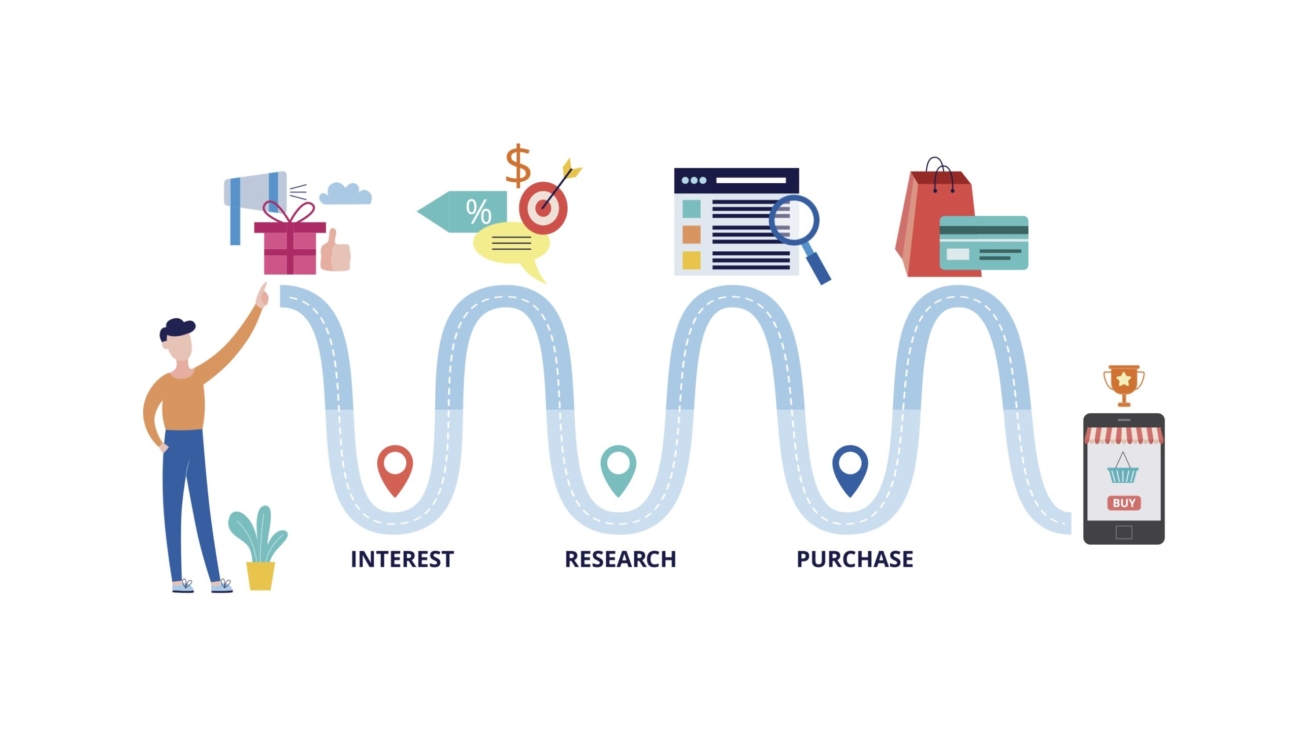At Media Horizons, we are focused on data driven marketing for a people-based solution. People-based marketing, according to Forrester, is “the ability to perform targeting and measurement at the level of real individuals by resolving consumer identity across all digital and offline channels.”
For the last 30+ years, our “secret” is placing emphasis on intensive data and analytics to ultimately grow our clients’ businesses. We were thrilled to host a webinar series this spring on data & analytics. Thank you to everyone who participated!
Our Strategic Lead of Business & Marketing Intelligence, Kunick Kapadia, led two sessions featuring our tips and tricks for optimizing Google Analytics as well as what you need to know about attribution today.
We thought it would be helpful to put together key takeaways for anyone that could not join us.
Key Takeaways
(1) While there are so many different attribution models available today, Last-Touch is the most used model. If you are using Last-Touch, keep as many variables consistent as possible for accurate results (i.e., keep lookback window consistent, etc.).
(2) Algorithmic attribution is our recommended model. In our opinion, it is most accurate in determining which channels are adding revenue to your business. However, it requires a high volume of data. So, if you are not spending a fair amount in digital then it’s important to note it may not be as effective for your brand. Let’s have a conversation!
(3) Online to offline attribution is a pain point for many companies today. As a reminder, this is when a behavior begins online, but is completed offline. As marketers, our goal is to tie this conversion together. It can be challenging, but we know how to solve for it using tactics and best practices related to geo-tracking, CRM integrations, and call tracking. Ask us how!
(4) Without an attribution model (or a poorly built one), upper funnel media are hurt most. This includes brand awareness and prospecting marketing such as display, new customer outreach via paid social, non-brand paid search, etc.
(5) Our world is changing, and new technology is coming to help us adapt! It’s important to stay on top of today’s changing landscape with privacy and cookies. By staying on top of this, you will be able to more seamlessly integrate or pivot as the landscape changes. We recommend relying on your agency partners to help you stay in the know.
We look forward to discussing all things data & analytics with you!


